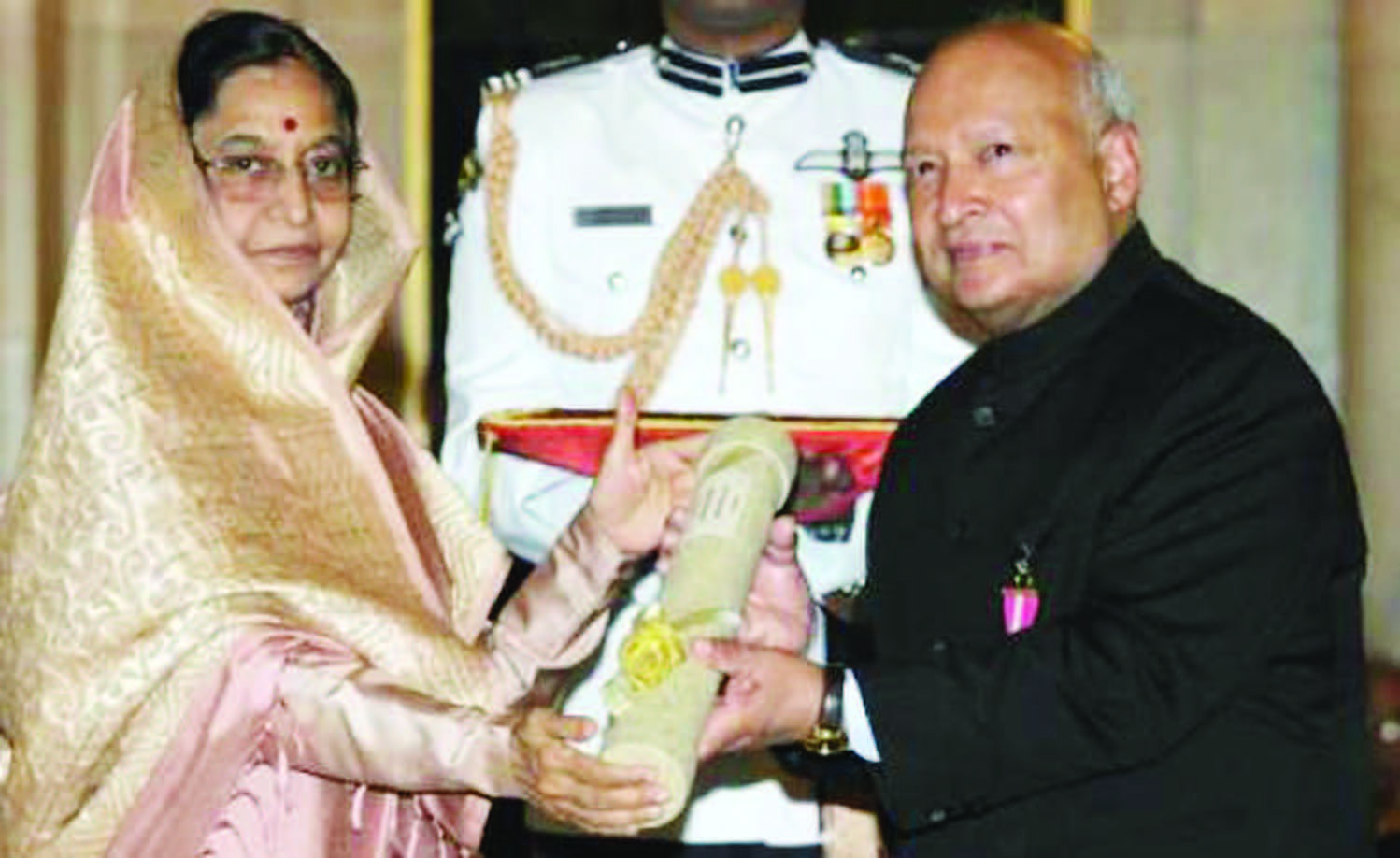
NEW YORK (TIP): Led by an Indian- American student Apoorva Kiran, scientists at Cornell University have 3-D printed a working loudspeaker – seamlessly integrating the plastic, conductive and magnetic parts – and ready for use almost as soon as it comes out of the printer.
The thrilling discovery means that rather than assembling consumer products from parts and components, complete functioning products could be fabricated at once, on demand. Kiran and Robert MacCurdy, graduate students in mechanical engineering, worked with Hod Lipson, associate professor of mechanical and aerospace engineering, to develop this unique technique, said a press release by Cornell University.
“Everything is 3-D printed,” said Kiran, as he launched a demo by connecting the newly-printed mini speaker to amplifier wires. For the demo, the amplifier played a clip from President Barack Obama‘s State of the Union speech that mentioned 3-D printing. “A loudspeaker is a relatively simple object. It consists of plastic for the housing, a conductive coil and a magnet. The challenge is coming up with a design and the exact materials that can be co-fabricated into a functional shape,” Kiran said.
Kiran used one of the lab’s Fab@Homes – a customisable research printer that allows scientists to tinker with different cartridges, control software and other parameters. For the conductor, Kiran used a silver ink. For the magnet, he employed the help of Samanvaya Srivastava, a graduate student in chemical and biomolecular engineering, to come up with a viscous blend of strontium ferrite.
After making a detailed digital model of the telegraph, they printed it on a research fabber. 3-D printing technology could be moving from printing passive parts toward printing active, integrated systems, added the release. But it will be a while before consumers are printing electronics at home. Most printers cannot efficiently handle multiple materials.
It’s also difficult to find mutually compatible materials – for example, conductive copper and plastic coming out of the same printer require different temperatures and curing times. Creating a market for printed electronic devices could be like introducing color printers after only black and white had existed. “It opens up a whole new space that makes the old look primitive,” the release added.





Be the first to comment